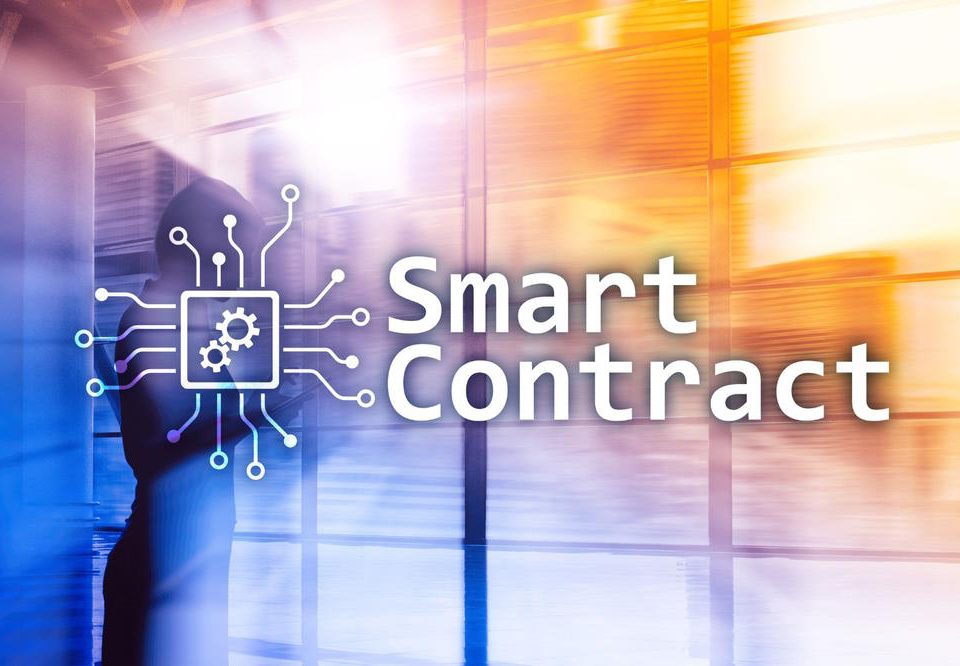DAO Implementation Challenges Model In Companies

AI-Powered Cyber Insurance for Small Businesses
1 March 2023Decentralized autonomous organizations (DAOs) are blockchain-based organizations fed by a peer-to-peer (P2P) network of contributors. Their management is decentralized without top executive teams and built on automated rules encoded in smart contracts, and their governance works autonomously based on a combination of on-chain and off-chain mechanisms that support community decision-making. There is no comprehensive study to classify the obstacles and challenges of DAO implementation in recent researches. So, in this research we propose an integrative model that reveals five main pillars of every organization (goals, individuals, structure, technology, and environment) and explain how to classify them.
The first references to actual Decentralized Autonomous Organization (DAO) only emerged in the 1990s to describe multi-agent systems in an internet-of-things (IoT) environment (Dilger, 1997).While the academic literature on DAOs is still fairly limited, there is a significant number of papers from the field of computer sciences focusing on blockchain technology as a technical platform for building new blockchain-based business models, such as decentralized exchanges (Lin et al., 2019) or market-based platforms such as prediction markets (Clark et al., 2014) that operate as decentralized organizations with automated governance (Singh & Kim, 2019). For the purposes of definition, a DAO, is a virtual entity managed by a set of interconnected smart contracts-operate as computer programs which are deployed on a blockchain (Takagi, 2017), where various actors maintain the organization state by a consensus system and are able to implement transactions, currency flows, rules and rights within the organization. Members of a DAO are able to propose options for decisions in the organization and to discuss about and vote on those through transparent mechanisms (Zichichi, 2019). By their decentralized nature, indeed, these technologies have the potential to make processes more democratic, transparent and efficient.
Due to its origins linked to cryptocurrencies, blockchain has been mostly applied to financial and insurance applications and also in exchange markets. However, in recent years it is increasingly applied to other fields (Hassan et al., 2020). In this paper, the challenges of decentralized autonomous organization should be classified so that it can be managed accordingly. In other words, managers should discover the challenges and impediments of implementing a DAO structure in companies, then manage them according to the level and degree of the priorities based on the five organizational pillars. So, the researchers seek to answer the following questions:
• What is the comprehensive model of decentralized autonomous organization to the five pillars of the organization?• What are the priorities of each challenge based on the proposed model?
A decentralized organization is not a new concept but has existed in organization theory since the 1960s (Freeland and Baker, 1975). However, technology-led decentralized organization implementation literature dates back to the 1990’s leveraging internet and connecting physical devices (things) (Dilger, 1997). Proponents and enthusiasts, these days say that DAOs will eventually replace many of the world’s corporations. Although this may seem farfetched for most traditionalists, DAOs continue to expand their potential capabilities in conjunction with technological advancements (Tse, 2019).
There is also an emerging body of literature from the field of economic and legal theory concerning DAOs. While most of these works focus on the new opportunities of decentralized blockchain-based organizations in the realm of economics and governance (Kaal, 2020), others focus on the legal issues of DAOs from either a theoretical (De Filippi & Wright, 2018) or practical perspective (Werbach, 2018). On the other hand, the political discourse around DAOs is more pronounced, at least in the context of many existing blockchain communities (Scott, 2015; DuPont, 2019). This survey is done to provide proper classification for all the challenges faced in the existing systems to facilitate effective use of blockchain technology in future, other than in the field of cryptocurrency.
A decentralized organization is also linked to corporate governance and audit. So, in terms of governance, diverse scholars recently started investigating the opportunities of blockchain technology and smart contracts to experiment with open and distributed governance structures (Rozas et al., 2018; Jones, 2019), along with the challenges and limitations of doing so (Hutten, 2019).
Leavitt (1965) defines the four internal elements of organization (technology, structure, goals and individuals) as organizational pillars, however does not consider the environment as a separate independent element. The environment is a constitutive and inevitable component of the organizational model and every organization is also located in the specific physical, technical, cultural and social environment that it must adapt to (Scott, 1995). Therefore, culture is embedded in the infrastructure section as one of the basic components in the model. Sarlak and Koulivand (2016) define the conception of the organization as a human based organization, structured, equipped with technology, purposeful and enclosed in the environment. According to this definition which is consistent with Leavitt’s diamond model (Scott, 1995), all organizations have at least five important pillars. In this research we have classified the critical challenges of implementing a DAO based on the proposed model elements as presented in figure 1.

The purpose of this research is to identify the challenges of implementing a DAO in Iranian companies. For this purpose, the effective indicators in the implementation of a DAO have been identified through a systematic review and asking experts’ opinions in the form of the organizational pillars model and the Delphi method. Kendall test has been used to analyze the experts’ findings and determine the harmony of their views. Since it is impossible to coordinate the opinions of experts in one stage, in the current research, experts were asked for their opinions in three different time periods using the Delphi method, and finally, in the third round, the coordination of experts’ opinions was at a high level. If the Kendall coefficient is more than 0.7, it can be concluded that the coordination of the experts’ point of view is at a high level (Schmidt, 1997).
In this research, the Delphi method and the model of the organizational pillars were used to identify the indicators of the implementation of a DAO in Iranian companies. In order to reach a common point of view regarding the challenges of implementing the decentralized autonomous organization, the Delphi method and the Kendall test have been used in three stages.
Table 1 presents the results of Kendall test stages of the Delphi method. In the first stage, 35 sub-indicators were introduced by experts. It can be seen that in the first stage, the Kendall coefficients for the main indicators do not differ much from each other, but the coordination between the opinions of the experts in relation to the extracted sub-indicators is not very high. At this stage, there have been two overlapping semantic indicators for the dimensions of technology, structure, goals and individuals, and three overlapping indicators for the environment dimension, and these indicators have become a sub-index. In the second stage 24 sub-indicators have been identified. It can be seen that in this stage, the Kendall coefficient for the five dimensions has increased significantly compared to the first stage, which indicates the existence of a greater coordination in the experts’ point of view. However, the coordination of experts’ views is at a low level, and a third step is needed to improve the experts’ views.
In the third step, 15 sub-indicators have been extracted for the five dimensions. It can be seen that the values obtained for the Kendall coefficients are more than 0.7, in other words, there is a high coordination in the third stage of the Delphi method regarding the sub-indicators (Table 2). Based on the Kendall coefficient and the coordination of views, goals are ranked first, structure is ranked second, technology is ranked third, individuals are ranked fourth, and environment is ranked fifth.


DAOs are becoming more common, and now is an exciting time for industrial and organizational experts to address this new phenomenon with new theory and empirical study. Also, brands must keep up with current developments that may impact how they interact with customers or vice-versa. The growing of DAOs has driven new research on this new organizational form that integrates the entanglement between blockchain-enabled technology and decentralized, automated, and autonomous governance in organizations. This new research has also prompted the analysis of DAOs main environmental, technological, individual, structural challenges and also organizational goals concerns.
Some studies supported the technological aspects of the proposed model and revealed the challenges of information security, limitations of smart contracts and code-is-law in the decentralized organization based on the blockchain technology (Wang et al., 2019, Zainal, et al., 2022). From the structural aspects some studies have the same survey. For example, zhou et al. (2019) proposed the decision-making model to overcome the possible challenges in this type of organizations. Moreover, some researches revealed governance challenges and its limitations (Hutten, 2019). Relevant studies to the environmental issues can be referred to DAOs’ reputation system research (DuPont, 2019), political concerns (Scott, 2015) and legal issues of DAOs (De Filippi & Wright, 2018, Werbach, 2018). Two other challenges, goals and individual, were identified in this research by the proposed model. However, there are some theoretical studies in these fields, there are no similar practical research. As mentioned in the literature of the research, Cyber cover company as an example facing individual concerns at the beginning of its activity. On the other hand, goal dimension is ranked first based on the Kendall coefficient and the coordination of views in this research. Therefore, it is recommended to other researches to identify and determine the priorities of DAO implementation challenges based on their proposed model to enlighten the path for managers for controlling and overcoming the obstacles.Source : e-Secuirty and Mobile learning , Lisbon, Portugal, 2023




